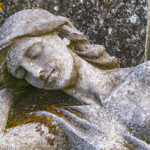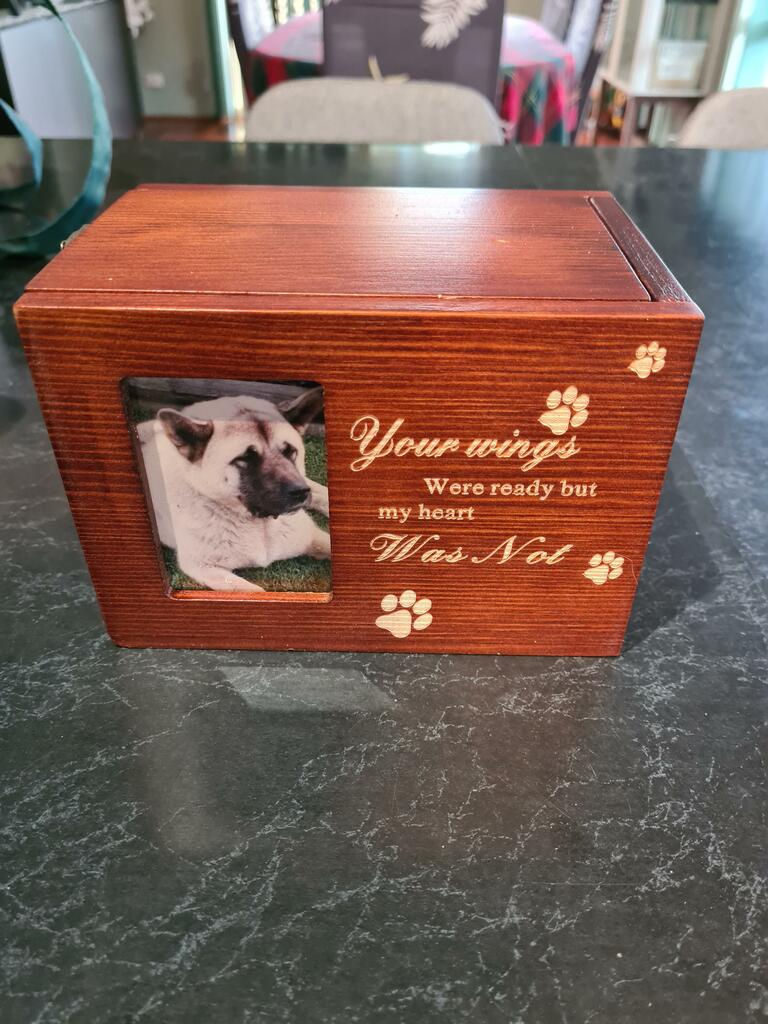In Memorials: Remembering and Honoring Loved Ones
Losing a loved one is undoubtedly one of the most challenging experiences any of us will face in our lifetime. The pain and grief that follow can be overwhelming, leaving us searching for ways to remember and honor the memory of the person we have lost. Throughout history, humans have used memorials as a way to pay tribute and preserve the legacy of those who have passed away. These memorials provide a physical space for remembrance, a gathering place for mourning, and a lasting symbol of love and respect.
The Purpose of Memorials: A Place for Healing and Remembrance
When we lose someone dear to us, we often feel a deep need to create a space where we can go to remember them. Memorials serve as a physical manifestation of our grief, providing a tangible place to mourn, reflect, and find solace. Whether it is a headstone in a cemetery, a memorial bench in a park, or a dedicated room within our own homes, these spaces become a sanctuary where we can connect with our memories and maintain a sense of connection with our loved ones.
Personally, I remember how visiting my grandmother’s grave brought me immense comfort after her passing. The serene atmosphere of the cemetery and the sight of her name etched in stone made me feel closer to her, as if she was still with me in some way. The act of tending to the flowers and spending quiet moments in that space became an integral part of my healing process.
Types of Memorials: From Traditional to Personalized
Memorials come in various forms, ranging from traditional to personalized, reflecting the unique preferences and personalities of those being remembered. Traditional memorials include gravestones, plaques, and statues, often found in cemeteries or public spaces. These timeless tributes provide a sense of permanence and allow future generations to honor the memory of those who came before them.
However, in recent years, there has been a shift towards more personalized and creative memorials. Families are choosing to celebrate the lives of their loved ones through unique symbols and designs that reflect their passions and interests. For instance, a nature enthusiast might opt for a memorial tree planting, while an art lover might commission a custom-made sculpture. These personalized memorials not only pay homage to the individuality of the deceased but also serve as a source of comfort and inspiration for those left behind.
The Power of Collective Memorials: Commemorating Tragedies and Celebrating Legacies
Memorials hold a significant place in commemorating tragedies and honoring the memory of large groups of people. These collective memorials serve as a reminder of the resilience of the human spirit in the face of adversity. Whether it is the Vietnam Veterans Memorial in Washington D.C., the 9/11 Memorial in New York City, or the Holocaust Memorial in Berlin, these monuments stand as a testament to the importance of remembrance and the collective healing that can be achieved through honoring the past.
Furthermore, memorials can also be used to celebrate the legacies of influential figures who have touched the lives of many. Public figures such as Martin Luther King Jr., Mahatma Gandhi, and Nelson Mandela are remembered through memorials that not only preserve their memory but also serve as symbols of hope, justice, and peace. These memorials become gathering places for people to reflect on the impact these individuals had on society and to be inspired to carry on their work.
In conclusion, memorials hold a significant place in our lives as a means of remembering and honoring loved ones. Whether they are traditional or personalized, these physical spaces provide us with a sense of connection, healing, and remembrance. They serve as a testament to our enduring love and ensure that the memories of those we have lost are cherished for generations to come.
Summary:













